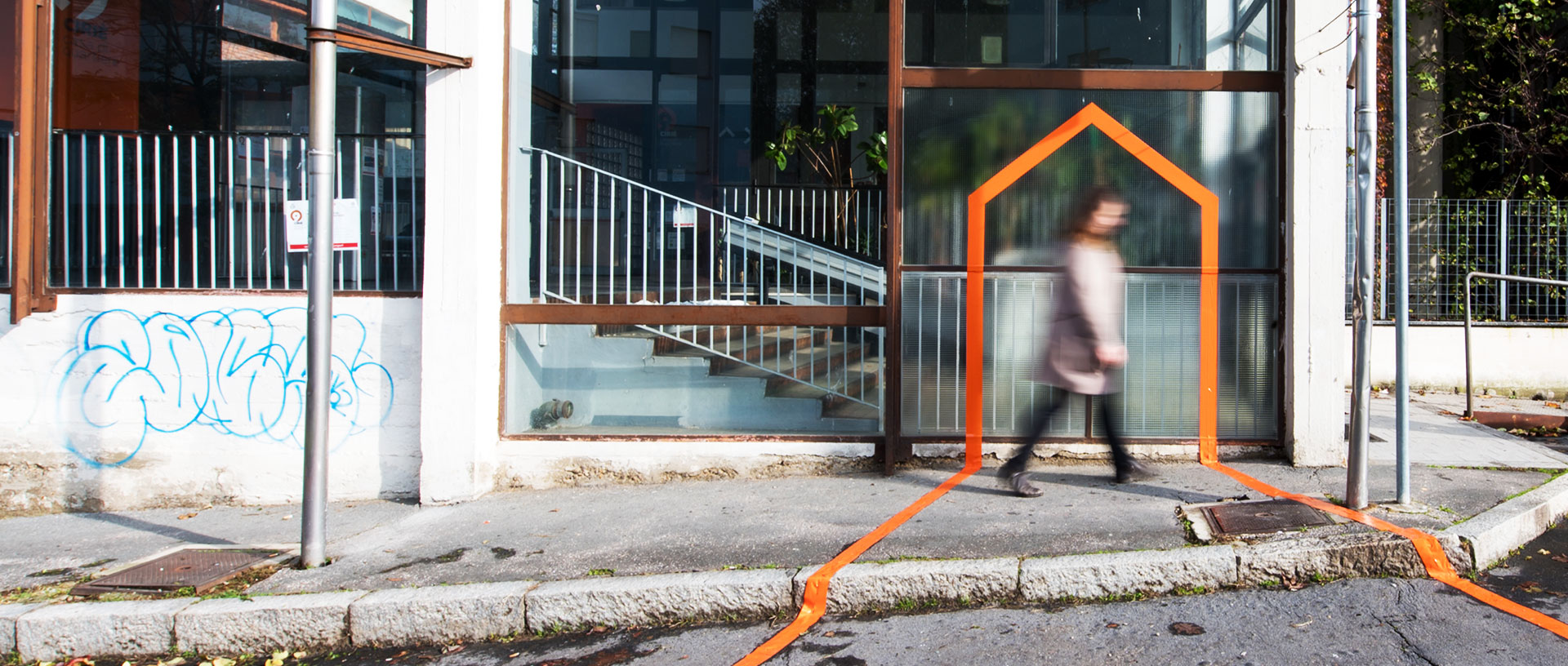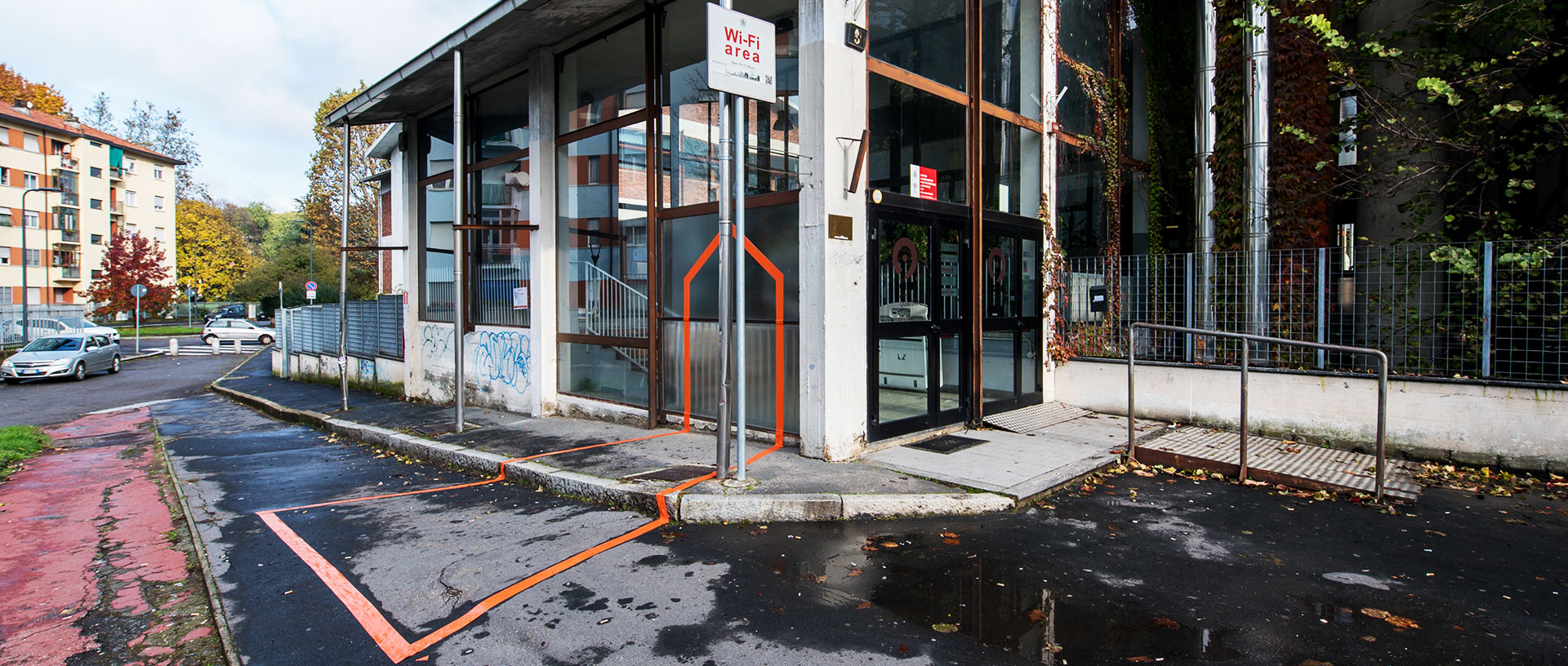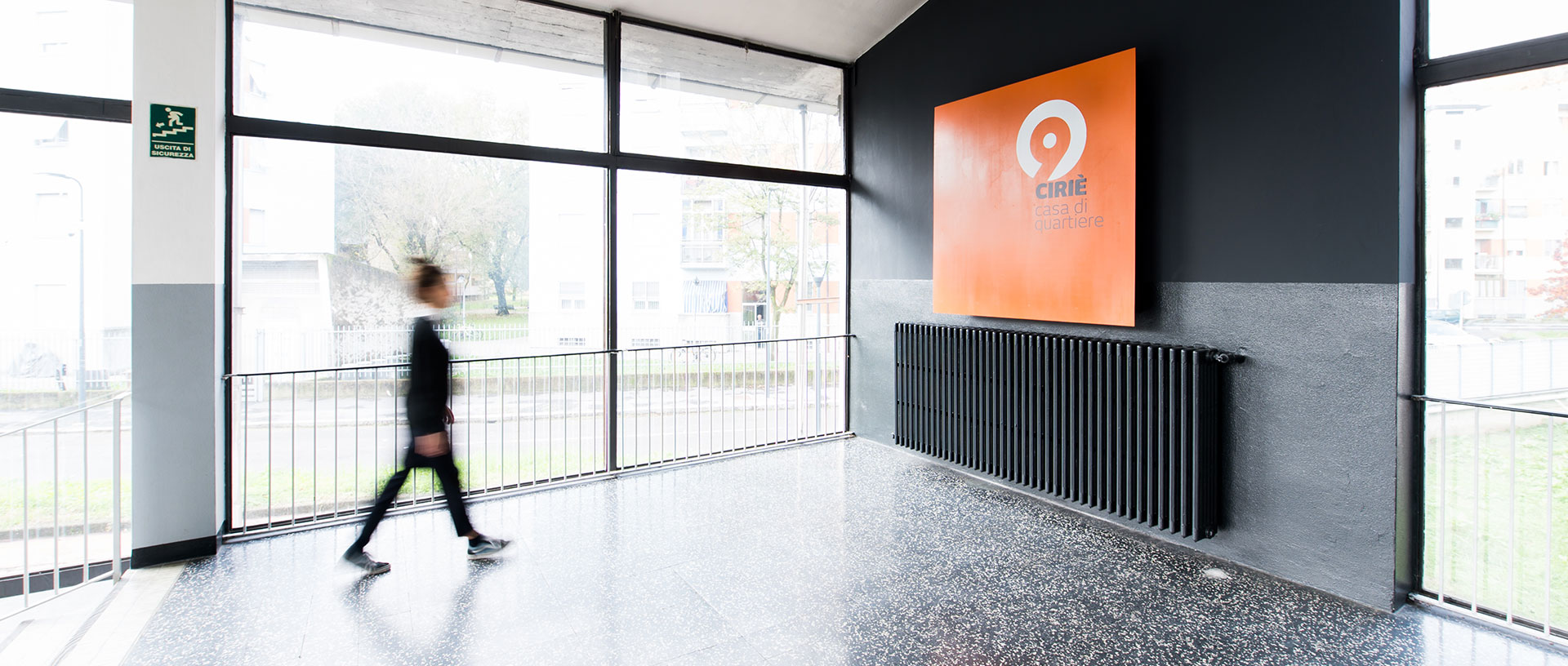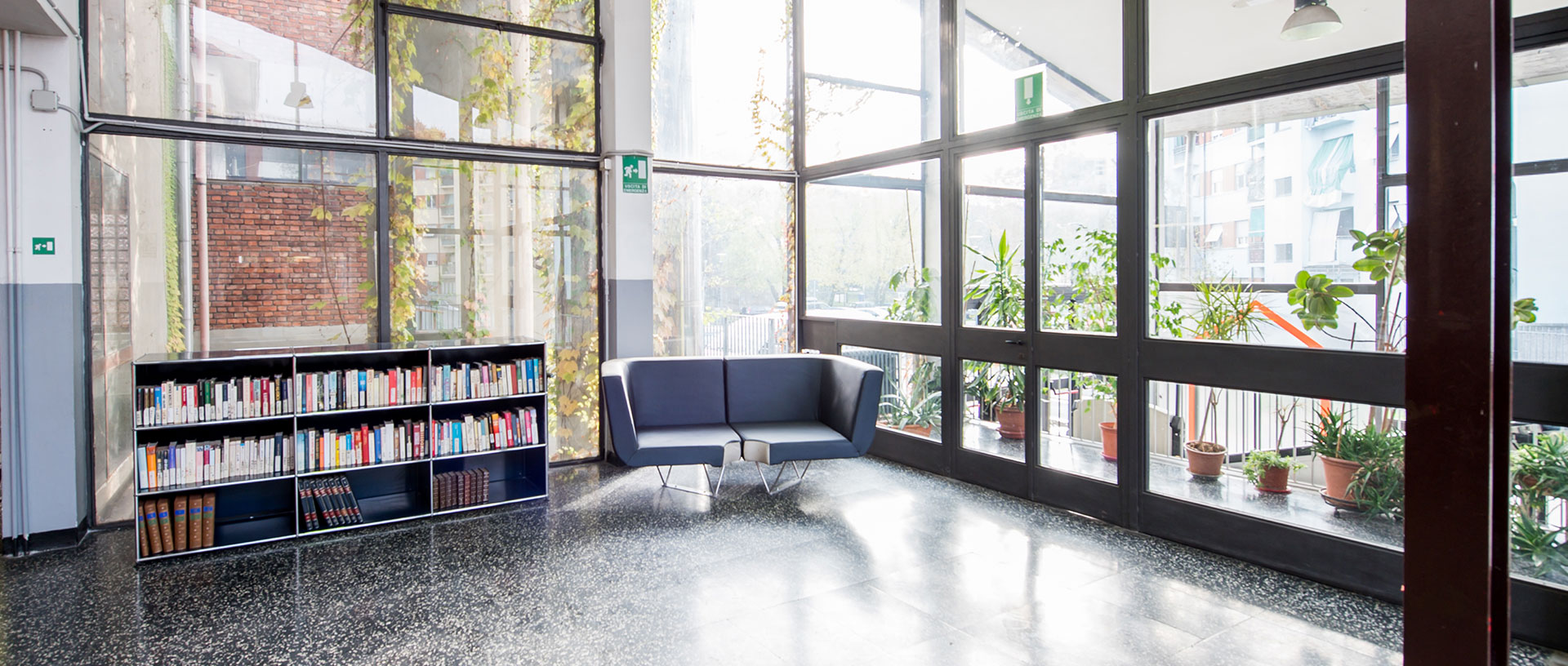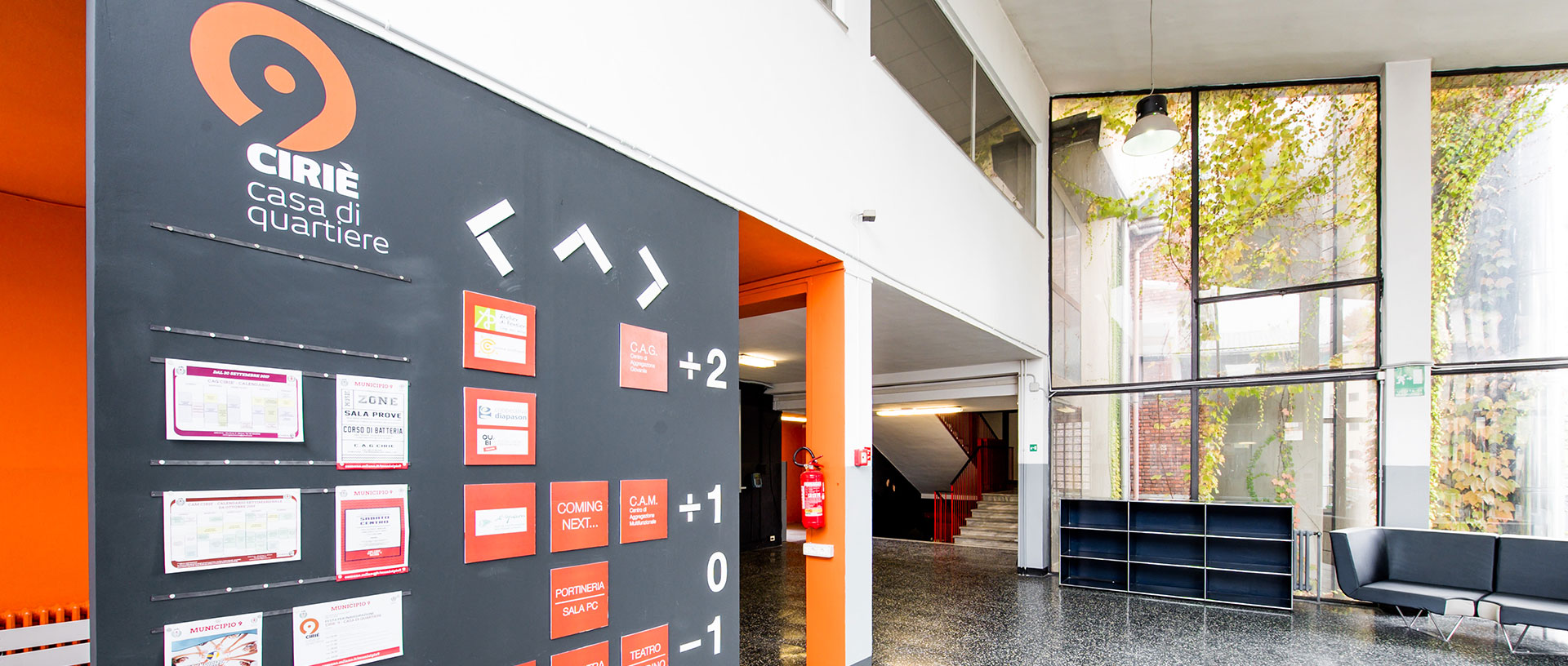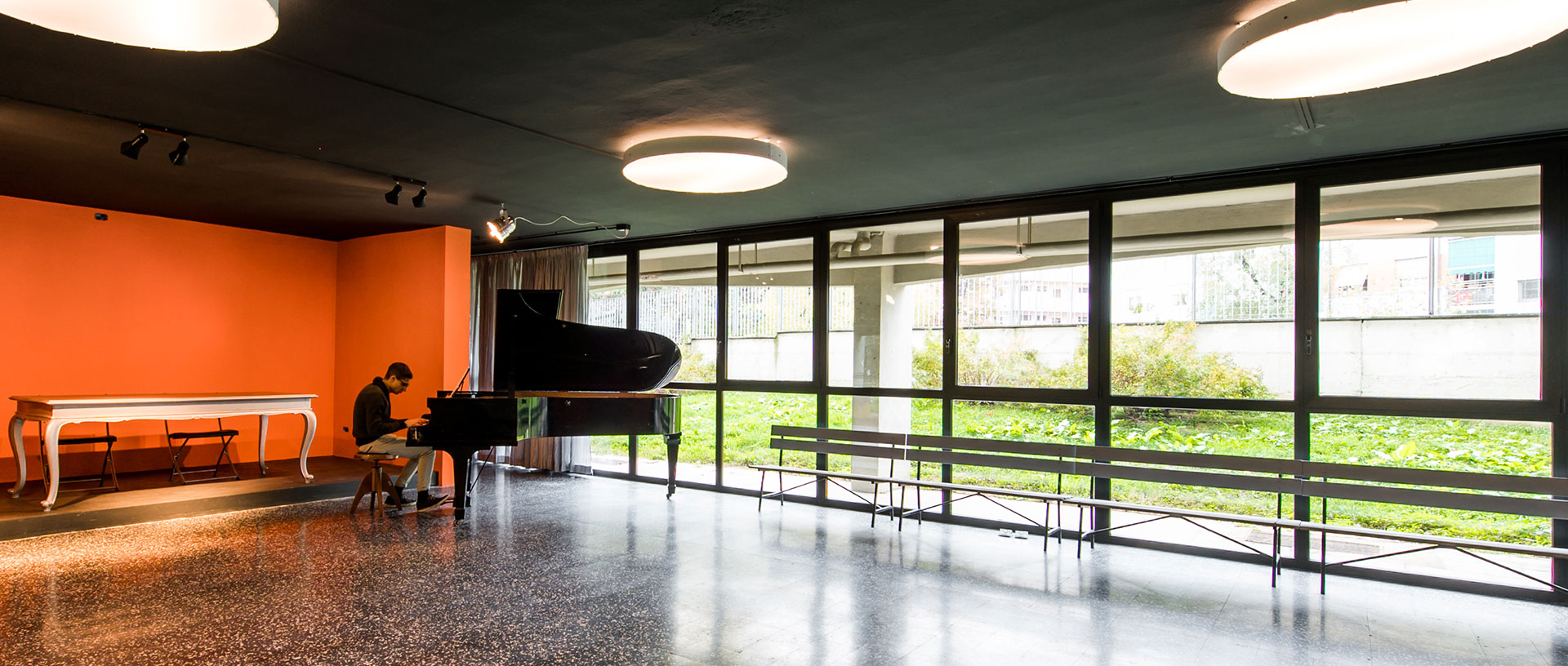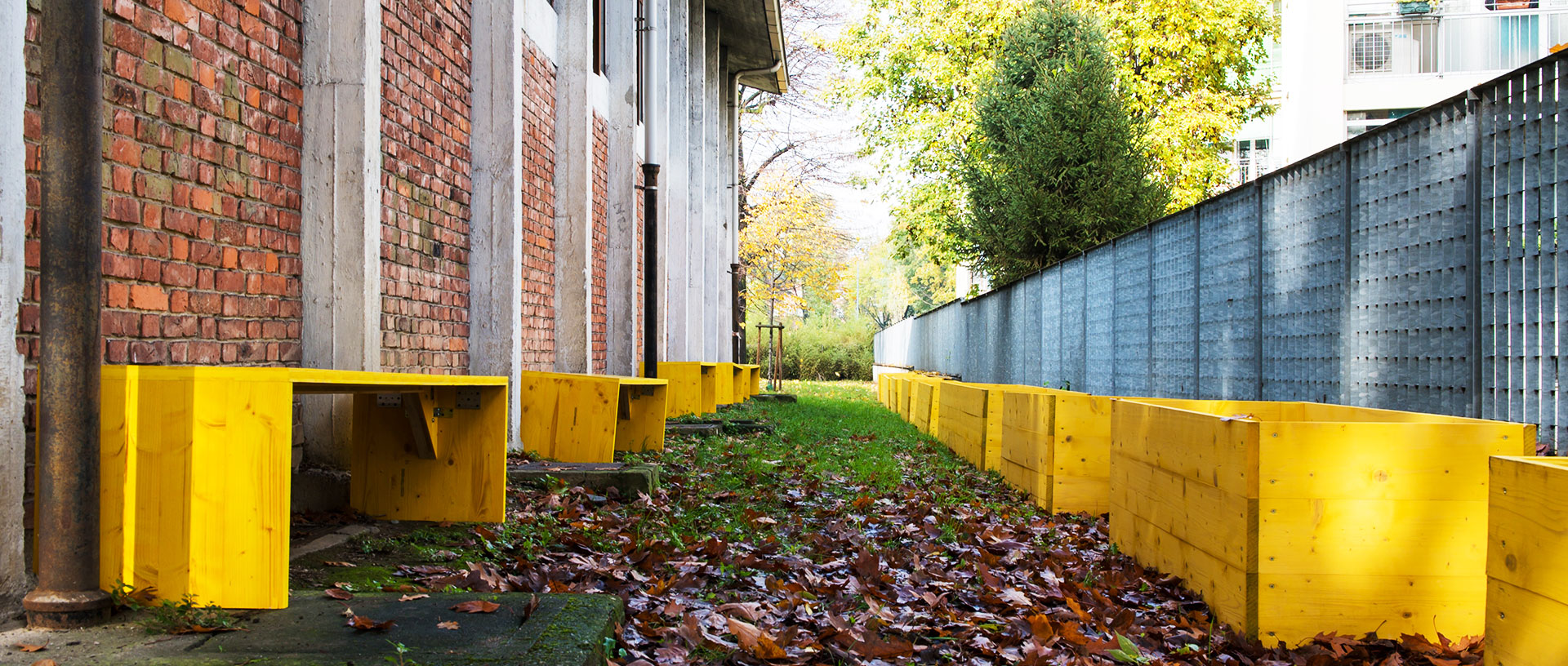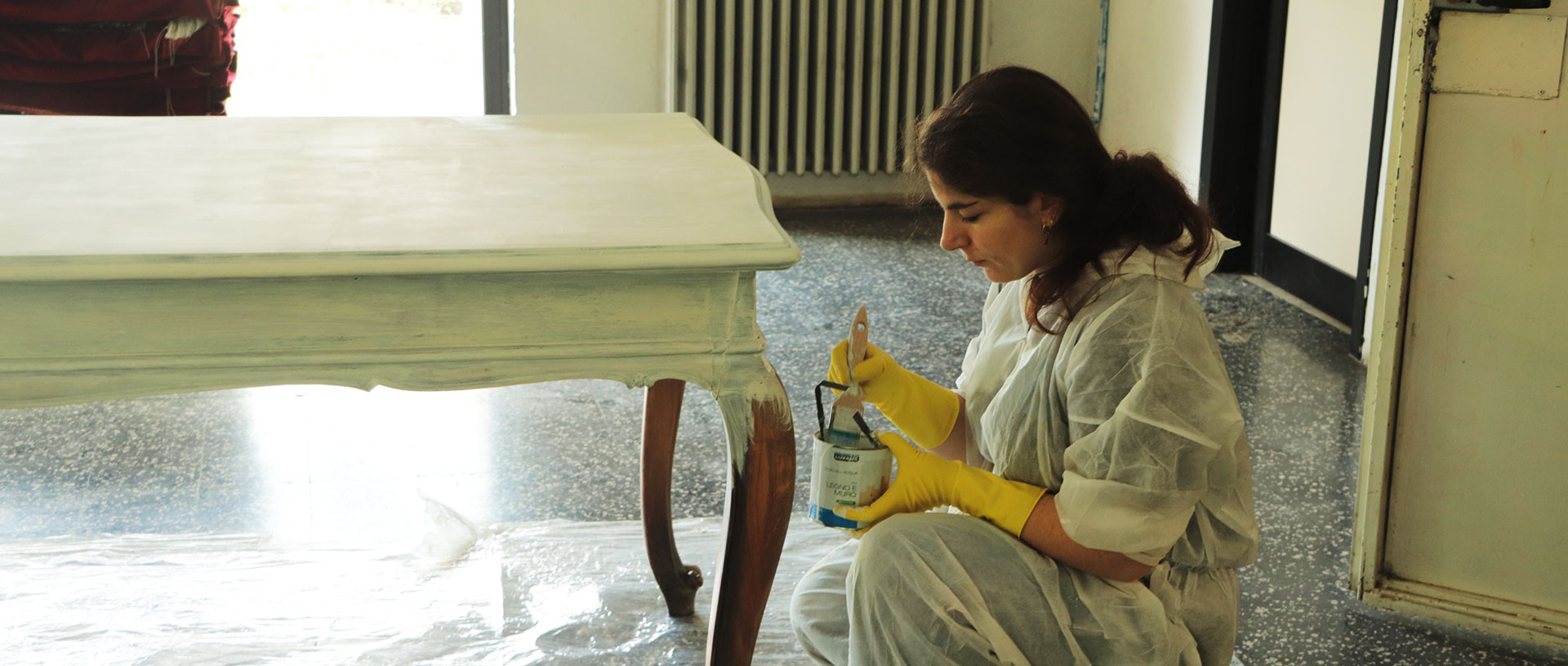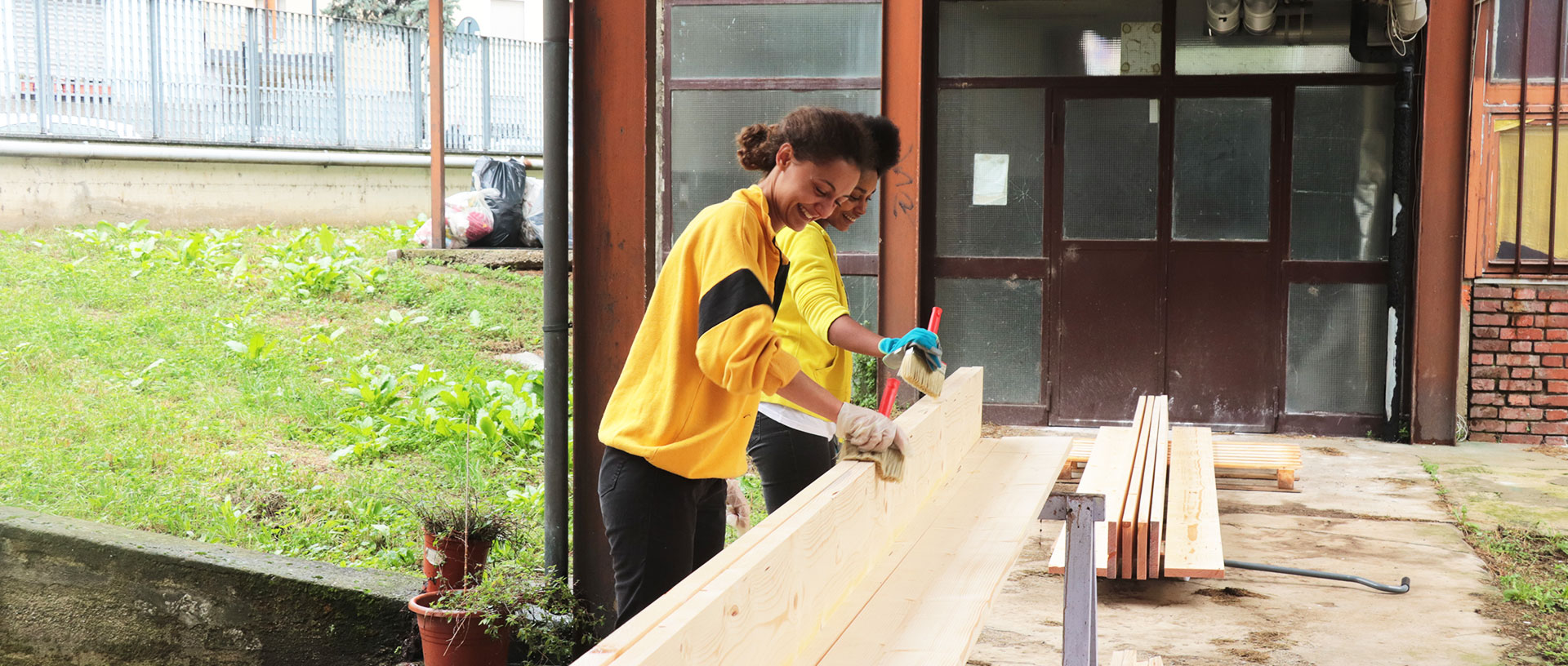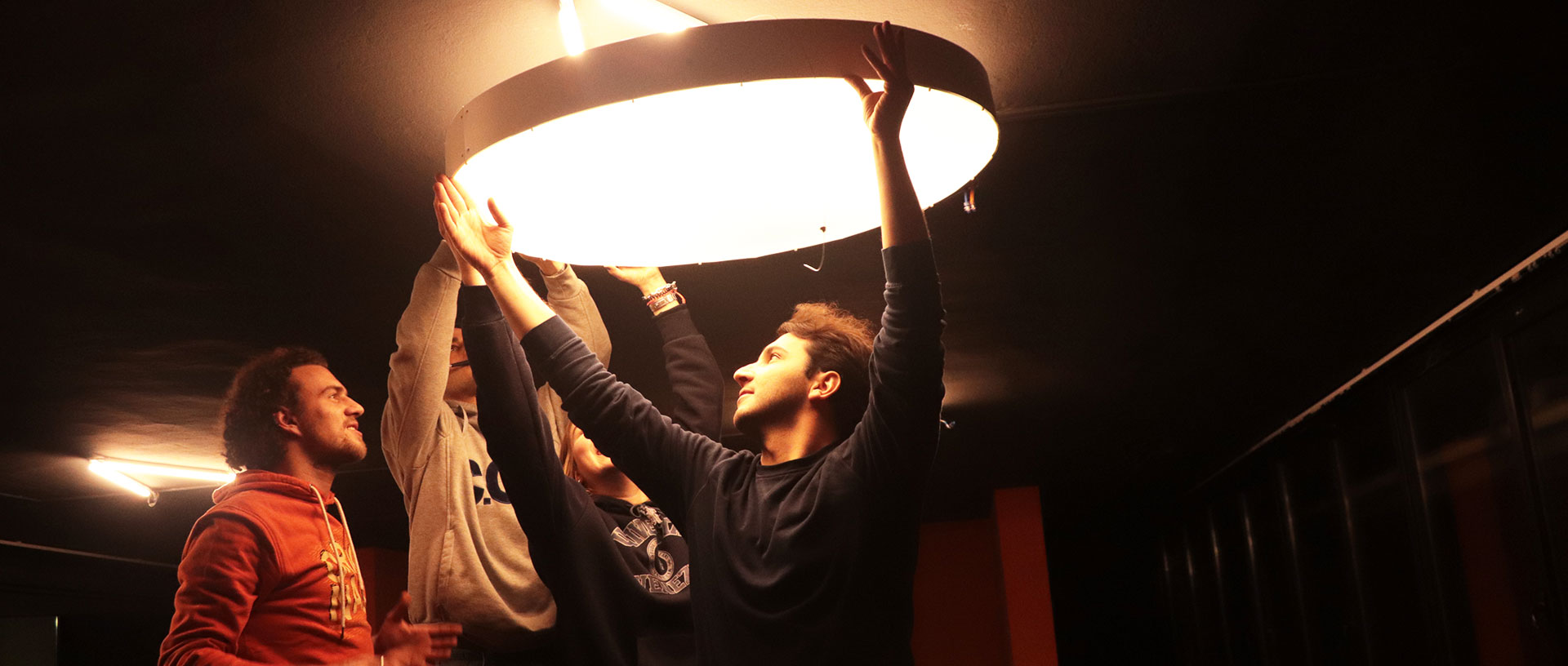09.12.2019 11:00
The Neighbourhood House in Via Cirié Milan - One of Renzo Piano’s G124 projects
The project by three young architects who graduated from Politecnico di Milano, coordinated by Raffaella Neri, has been inaugurated
On Thursday 28 November, Senator Renzo Piano presented the results of the six years of work by the G124 to the Senate of the Republic, before the President Maria Elisabetta Alberti Casellati.
The G124 is a work group made up of young architects under the age of 35 who, coordinated by tutors and other professionals (sociologists, anthropologists, economists, critics and town planners) are tasked with producing studies and small upgrading actions, applied in a peripheral area, over one year of work.
The project was named after the room in Palazzo Giustiniani, which was assigned to Renzo Piano when he was nominated as a life-time senator. Our alumnus wanted to give some sense to his appointment, by allocating his entire income as a senator to a large project for the Country.
Renzo Piano has a particular sensitivity towards the peripheral areas, which he sees as places full of energy and dream builders. The works planned are often small, sometimes very small, but concrete, all carried out by the young architects themselves, with the help of other students and members of the population, who act as carpenters, painters and joiners.
Of the four projects run this year, one is associated with our University: that of three young architects who graduated from Politecnico di Milano, who set about upgrading what was previously a school in the Milanese suburb of Niguarda. The architects, Maria Giulia Atzeni, Alessia Cerri and Sara Anna Sapone, were coordinated by their tutor, Architect Raffaella Neri, Professor of Architectural and Urban Composition at our University.
The place lacked a specific identity. We set ourselves the goal of developing its dormant potential, and the work done shows that a lot can be done, even in just a few months
The Neighbourhood House in Via Cirié was officially inaugurated on 20 November, in the presence of Gabriele Rabaiotti, Councilor for Social and Habitation Policy in the Milan City Council, Giuseppe Lardieri, President of Municipal Zone 9, Deborah Giovanati, Councilor for Municipal Zone 9 delegated to deal with education, training, social policies, health and home, and a large number of the neighborhood’s inhabitants.
In choosing the type of work to be carried out, the team scoured Milan and its peripheral areas: a world with a multiplicity of forms, with a wealth of connections both internally and to the outside. Their attention focused on the Niguarda neighborhood, one of the most lively areas. Located on the city’s northern periphery, it is the scene of many initiatives and activities, but, unfortunately, it is not as well off when it comes to services and attractions.
Their choice fell to what was the primary school in Via Cirié that, having been stripped of its original purpose, is now home to various associations that operate in the social sector: The Multipurpose Communal Center (Cam) and Youth Center (Cag), run by the Giostra social cooperative that organizes get togethers, orientation for the job market, and professional training for the youth; the Puntozero theatrical company; QuBì, to combat poverty among minors; Insiemi Intelligenti, that provides support to families of children with cognitive and learning difficulties; and Diapason, with its social projects to improve the living conditions of young people. It also houses the professional school for hairdressers and beauticians.
For a long time these activities were disconnected from one another, without sharing spaces, which were often under-used, including a large garden that was semi abandoned.
The proposal included reorganizing the garden that surrounds the buildings, and some internal spaces, relying on the collaboration and support of associations in the neighborhood, those who use the venue, and citizens from various age groups.
Our approach was to work on the common areas, giving them a specific connotation. The theme for the atrium was recognizability and welcoming, that for the theatre was sharing, and socializing and meeting was the focus in the garden
Reconfiguration of the spaces was achieved by works carried out by the people themselves, and implemented by suggesting recycling of materials and objects.
Some furnishings come from the pavilions used for the former Expo area, whereas the wood used for the troughs in the garden comes from the Politecnico di Milano worksite. The paint was donated by Mapei, while local companies Timedile and Tre Cerri provided materials and labor free of charge to transform one of the halls into a little multi-purpose theatre. Finally, other companies (Centroedile, Marco Strina, Laboratorio MOA, Maja Digital Printing) offered their services and materials for graphics, signage and the building of tables, benches and seats. Students from the Politecnico and some ex students of the school were also involved in the works.
The project was broken down into small tasks, such as painting and reusing various objects, and was made possible by the sponsorships of various companies and the involvement of students from the Politecnico di Milano, and various center users
Refurbishing the spaces was aligned with two goals: their new and better use and involvement of people in creating them, which could facilitate “owning”, taking care of, respecting and sharing the spaces, creativity in practical tasks, education on the collective use of green spaces, collaboration between citizens of various ages and cultures and living together in a civil manner.
The activities were constantly documented and shortly a book will produced that recounts how the architectural quality of a place can be transformed with limited resources, and how this can increase the pleasure obtained in frequenting it, living it, using it and feeling part of it.
This little action is simply a starting point for improving the feeling of belonging in the neighborhood, and for giving it back its identity. We have also worked on other projects, which we will leave open to the future


